What are Progressive and Interlaced Scans? What areTheir Advantages and Disadvantages?
What is progressive scanning?
Each frame image is sequentially scanned one line after another by an electron beam, which is called progressive scanning. In order to obtain a stable progressive image, an integer line must be scanned for each frame.
For example, a frame image consists of 625 consecutive rows of scanned images, which are scanned 50 frames per second, i.e. the frame scan frequency is 50 frames per second, or written as 50 Hz, and the line scan frequency is 31.25 kHz.
The line-by-line scanning method makes the spectrum of the signal and the bandwidth of the channel for transmitting the signal meet very high requirements. Television experts have come up with a clever way to scan a 625-line image in two fields. The first field is called odd field, and only 625 odd lines are scanned (1, 3, 5, 5 in turn). The second field (even field) scans only 625 even lines (2, 4, 6, 6 in turn). Lines) The number of rows in which the original frame is scanned by two field scans, that is, interlaced scanning. For the interlaced scanning with 625 lines per frame, each frame is scanned in two fields, each field only scans 312.5 lines, while only 25 frames per second can be scanned. Therefore, 50 fields per second (25 fields for odd field and even field) are scanned, that is, the frame frequency is 25 Hz, the field frequency is 50 Hz, and the line scanning frequency is 15.625 kHz.
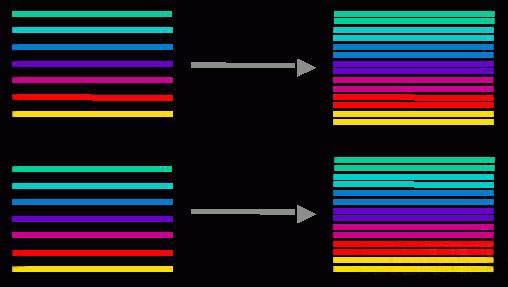
What is interlaced scanning? What are the advantages of interlaced scanning?
The frequency of interlaced scan is half of that of progressive scan, so the spectrum of TV signal and the channel bandwidth of transmitting the signal are also half of that of progressive scan. After interlaced scanning, the channel utilization rate is doubled under the condition that the image quality is not much degraded.
As the channel bandwidth decreases, the complexity and cost of the system and equipment are reduced accordingly, which is why the interlaced scanning was adopted in the early television formats in the world.
Interlaced Scanning Disadvantage
However, interlaced scanning also brings many disadvantages, such as interline scintillation effect, parallel phenomenon and vertical edge sawtooth phenomenon. Since the development of digital television, in order to obtain high quality image quality, line-by-line scanning has become the preferred scheme of digital television scanning.
Product recommendation
TECHNICAL SOLUTION
MORE+You may also be interested in the following information
FREE CONSULTING SERVICE
Let’s help you to find the right solution for your project!
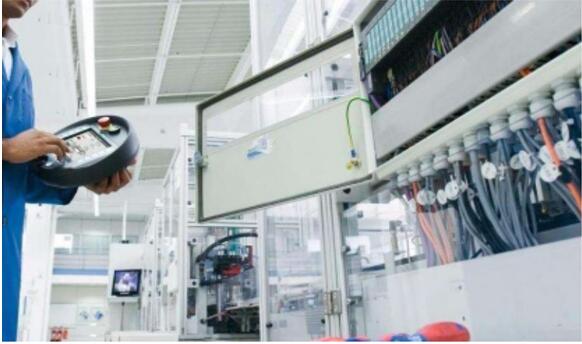


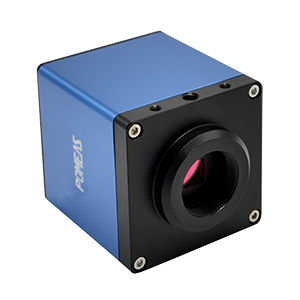
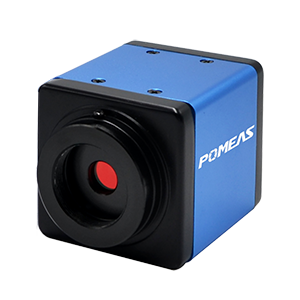
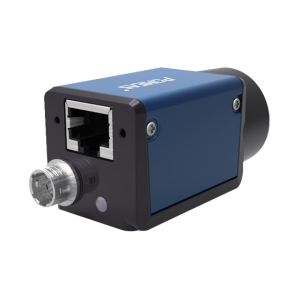

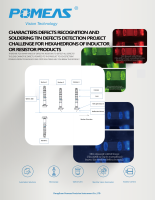

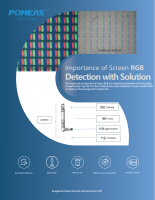
 ASK POMEAS
ASK POMEAS  PRICE INQUIRY
PRICE INQUIRY  REQUEST DEMO/TEST
REQUEST DEMO/TEST  FREE TRIAL UNIT
FREE TRIAL UNIT  ACCURATE SELECTION
ACCURATE SELECTION  ADDRESS
ADDRESS Tel:+ 86-0769-2266 0867
Tel:+ 86-0769-2266 0867 Fax:+ 86-0769-2266 0867
Fax:+ 86-0769-2266 0867 E-mail:marketing@pomeas.com
E-mail:marketing@pomeas.com
